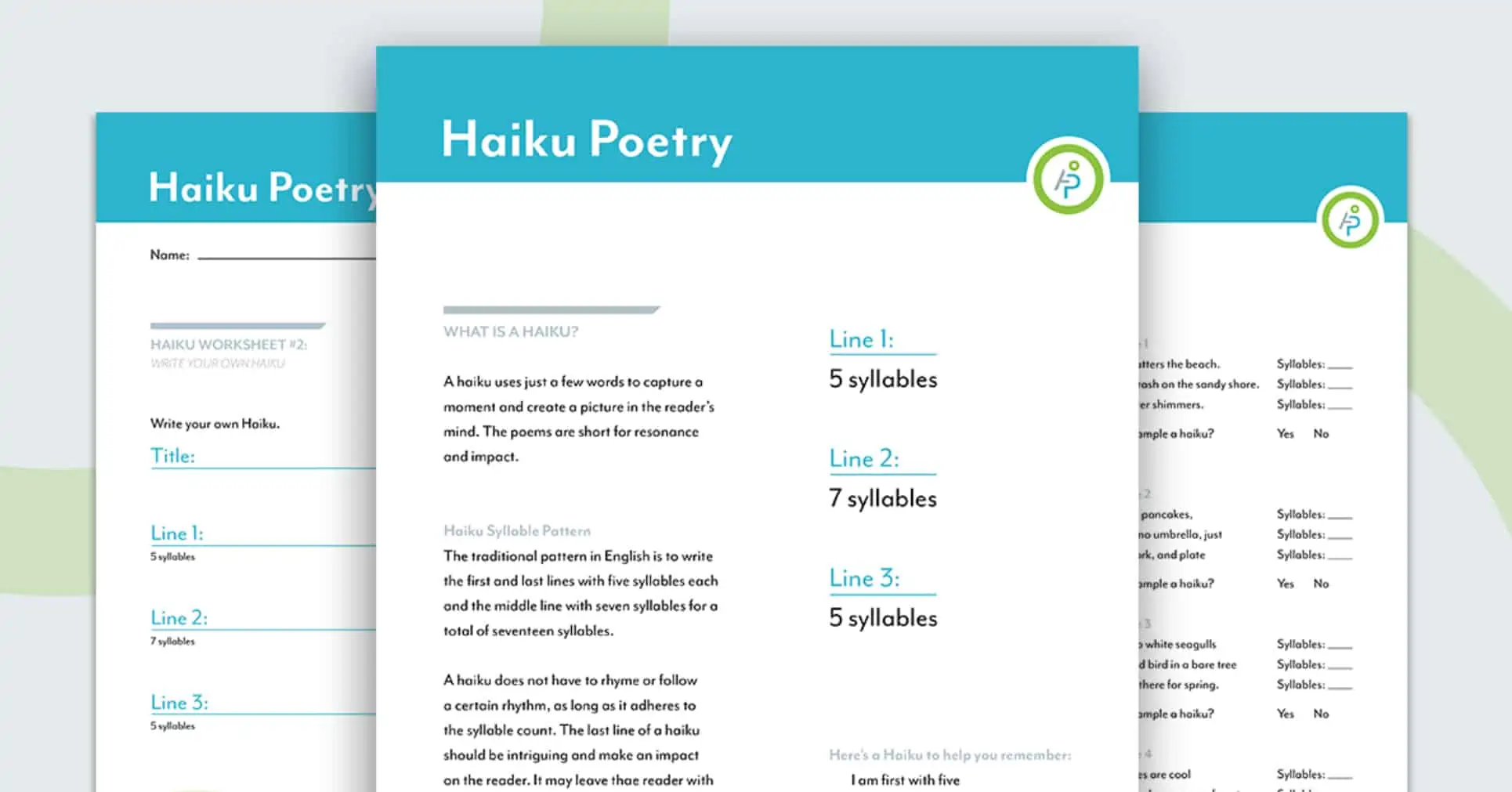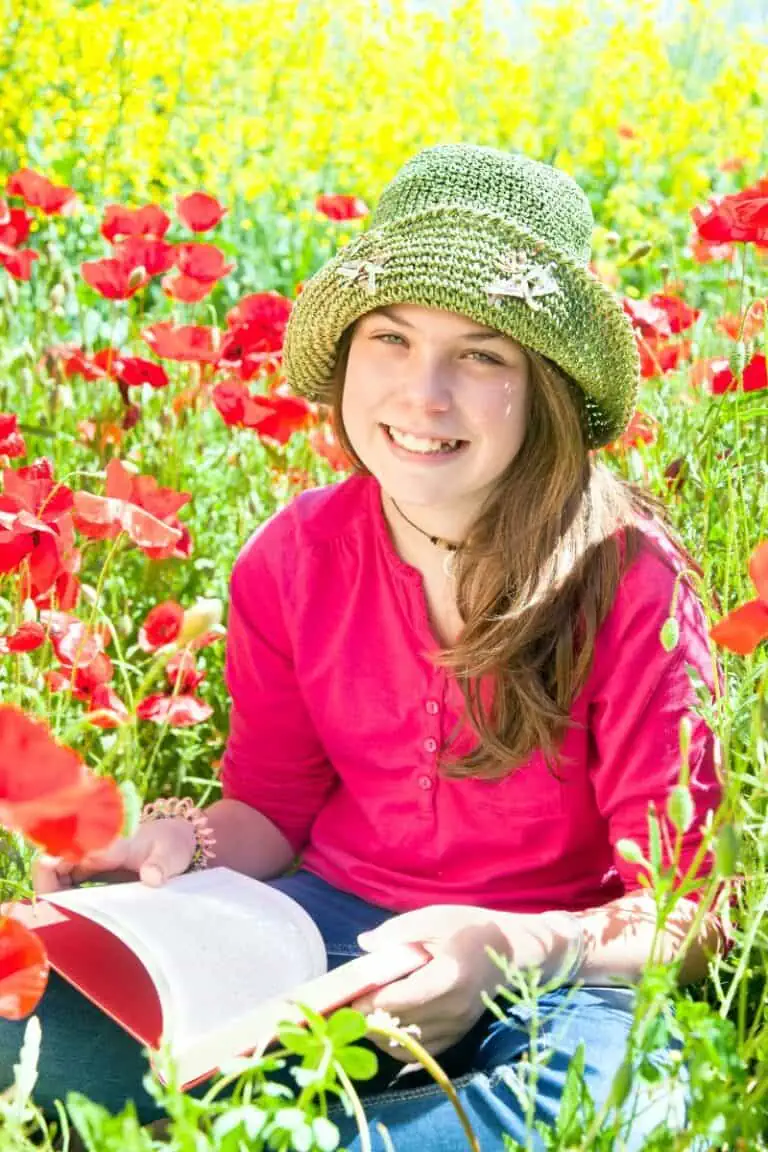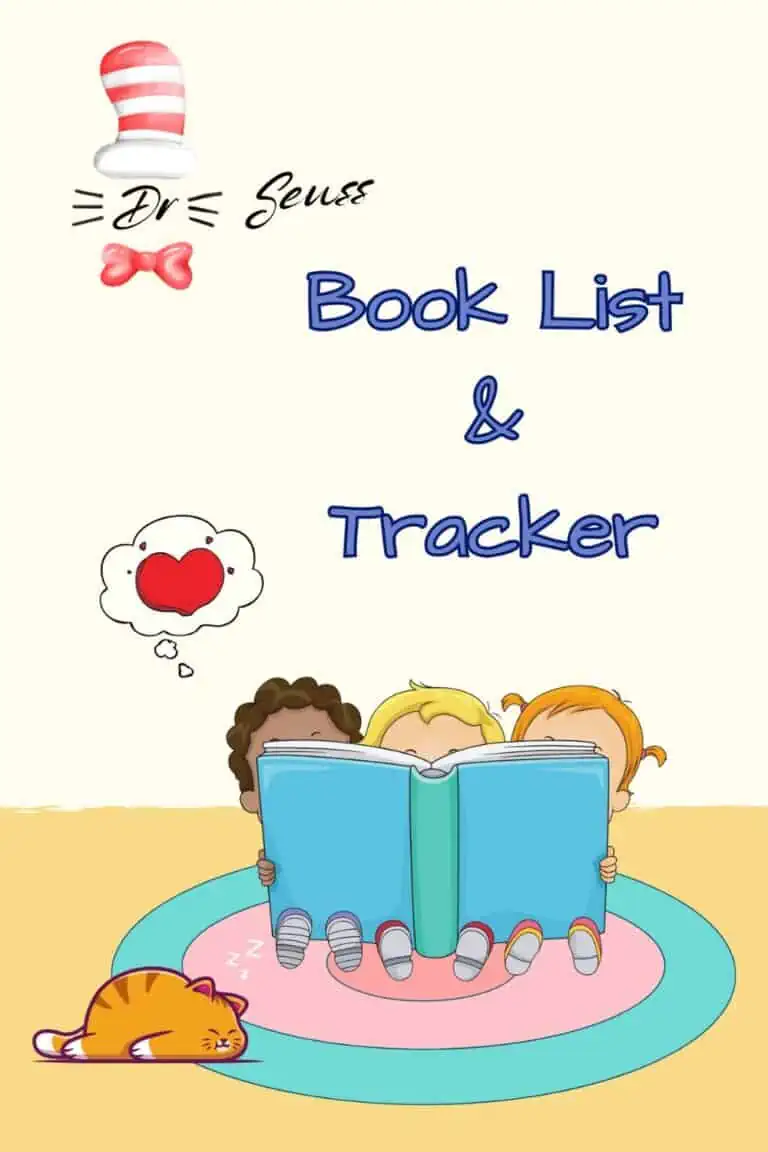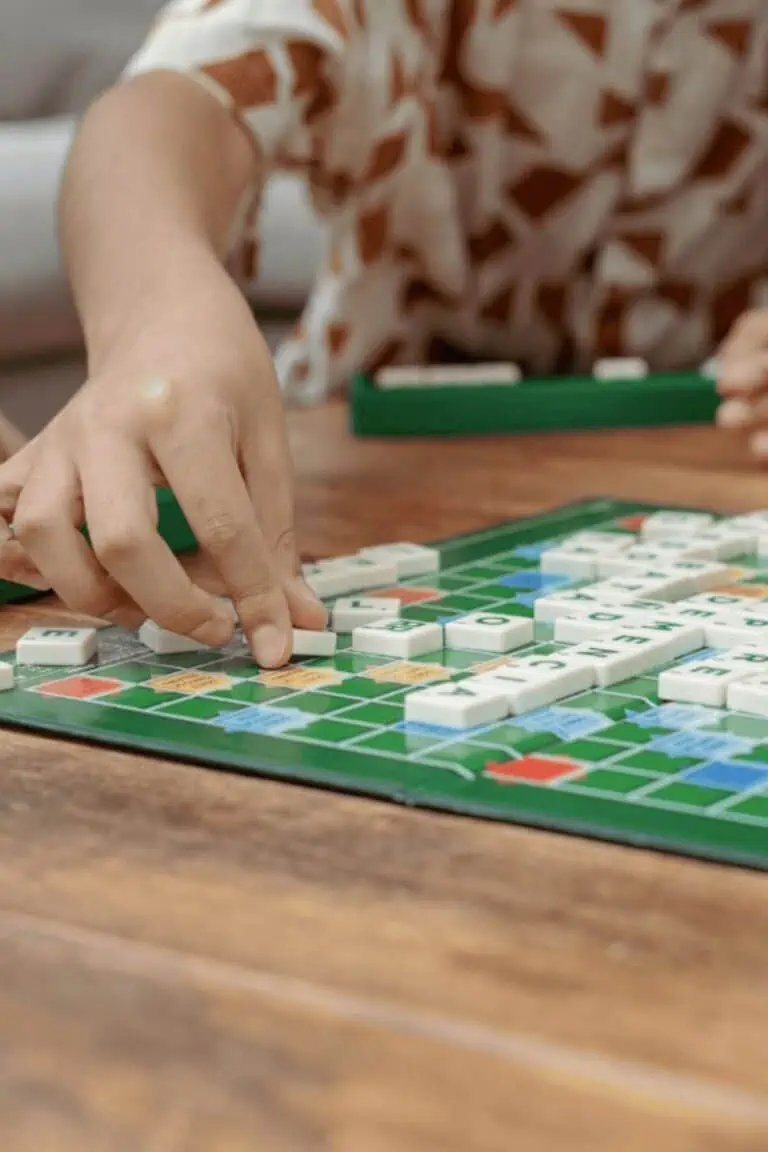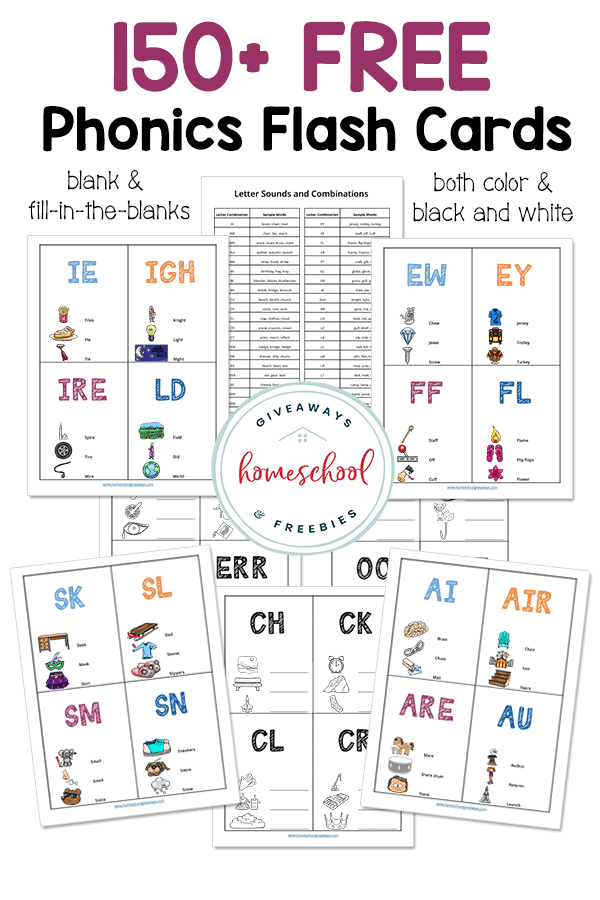Teaching Students About Haiku Poetry (Free Download)
Published:
April 4, 2022

Contributor:
Alpha Omega Publications
Disclosure: This post may contain affiliate links, meaning if you decide to make a purchase via my links, I may earn a commission at no additional cost to you. See my disclosure for more info.
With International Haiku Poetry Day coming up on April 17th, here are some ways to use haiku poems for kids in your homeschool. It can be so much fun to try writing in this unique poetry form.
Haiku Poems for Kids
Haiku poems are an ancient form of Japanese poetry. This form of poetry is usually inspired by nature or the natural world and includes sensory language. Here are some helpful distinctives of haiku poetry that you can use to teach kids of all ages.
What is a Haiku Poem Definition for Kids?
In the traditional form of Japanese poetry, haiku are measured by breaths instead of syllables. When these poems are translated into English, the haiku include 17 total syllables split between three lines. These English approximations follow this pattern:
First line: five syllables
Second line: seven syllables
Third line: five syllables
Haiku Syllable Pattern
So, the basic syllable pattern is 5-7-5. This translation from Japanese to English explains why they don’t always follow the 5-7-5 syllable pattern that English poets use to write haiku.
Additionally, haiku poems usually do not rhyme. Many haikus juxtapose two subjects and take an interesting perspective when looking at the two subjects in the haiku. Sensory language is included, along with seasonal or natural world topics.
Haiku poetry is challenging for poets because of its minimal word count. In just a short span of words, the poet tries to paint a vivid picture. However, because of its short form, this poetry style is a great one for kids to try to write.
What are Examples of Haiku Poems?
Since this is a Japanese style of poem, the traditional haiku examples are the best. Here are some of the best examples of traditional Japanese haikus. Notice the seasonal references and the vivid descriptions of nature.
First autumn morning:
the mirror I stare into
shows my father’s face.
– Murakami Kijo
The lamp once out
Cool stars enter
The window frame.
– Natsume Soseki
Toward those short trees
We saw a hawk descending
On a day in spring.
– Masaoka Shiki
Haikus Written by American Poets
Now notice how the haiku form changes slightly when written in English. Here are some examples of a modern form of haiku written by American poets.
shiverrrring
on the winter balcony
first star
-Elizabeth Searle Lamb
A great freight truck
Lit like a town
Through the dark stony desert
-Gary Snyder
How Do You Write a Simple Haiku Poem?
Even young children can learn to write their first haiku about something in nature.
Read some easy haiku examples with your children to give them ideas of this specific poetic form sounds. Haiku are some of the easiest forms of poetry to write because of the short word count. So, begin with examples of this type of poem.
Next, take your kids outside on a nature walk to be inspired. Start with a subject or two from nature and think of different ways to look at them. What are some interesting perspectives that you can bring out? This is a wonderful way to engage your kids in sensory learning. You’ll find a lot of material when you are doing a nature study.
Now, have your children think of what they can say about their subject with a syllable count of only five. Then, help them describe the subject some more on the second line with only seven syllables. Finally, the last line of a haiku will be just five short syllables. Encourage your kids to illustrate their poetry.
How Do You Write a Haiku in 4th Grade?
Many children learn about this poetry style and write their own haiku poems in about fourth grade. Older children have a better grasp of how to use the correct number of syllables as they write. Learning how to write haiku can also be paired with learning about Japanese culture. If you can find some poetry books with watercolor illustrations to accompany the poems, then that’s a great way to immerse your children in this art form.
Great books to read that show that haiku poems for kids are very fun!
- My First Book of Haiku Poems: A Picture, a Poem and a Dream by Japanese Haiku Masters, translated by Esperanza Ramirez-Christensen
- GUYKU: A Year of Haiku for Boys by Bob Raczka
- The Horse’s Haiku by Michael J. Rosen
- Hi, Koo!: A Year of Seasons by Jon J. Muth
- Kiyoshi’s Walk by Mark Karlins
- Guess Who, Haiku by Deanna Caswell
- Won Ton: A Cat Tale Told in Haiku by Lee Wardlaw
- Wabi Sabi by Mark Reibstein
Different Types of Haiku Poems
As you read these books with your child, you’ll soon notice that not all haikus need to be serious! You can have a lot of fun with these three-line poems. In fact, upper elementary kids are at the perfect age to write some funny poems. Challenge your fourth grader to write a serious haiku and then a funny one. It all comes down to an unexpected last line. See if you can make a final twist in the third line and create one or many funny haiku poems.
What is the Most Popular Haiku?
The most well-known haiku is probably this one, which was written in the 17th century by Matsuo Basho.
An old silent pond…
A frog jumps into the pond,
splash! Silence again.
– Matsuo Bashō
How to Write a Haiku Poem
As you look at examples of haiku poems for kids, ask your children these questions:
- Which season is represented in the poem? What words point to this season?
- What subjects are being compared?
- What emotions do you feel from this poem?
- What do the poems have in common?
Now that you’ve read great examples, encourage your kids to try to write their own.
Some kids need a visual to help them understand how the syllables are spread out between the three lines. You could write this out for them as a guide:
1 2 3 4 5
1 2 3 4 5 6 7
1 2 3 4 5
But what should they write about?
Good Haiku Poem Topics
Anything from nature, seasons, the natural world, or human experience will make a great topics in haiku poems for kids. Again, don’t neglect to get out in nature with your kids to be inspired! It won’t take long on a nature walk until your kids notice one or two specific subjects that they can use to create a poem.
Here are some fun ideas for haiku poem topics:
- winter
- spring
- summer
- fall
- cats
- dogs
- frogs
- water
- sand
- mountain
- ant
- trees
- sky
- gardens
Free Haiku Poetry Lesson
If you want a done-for-you lesson plan with worksheets, then download AOP’s Haiku Poetry Lesson and use it with your kids this month.


